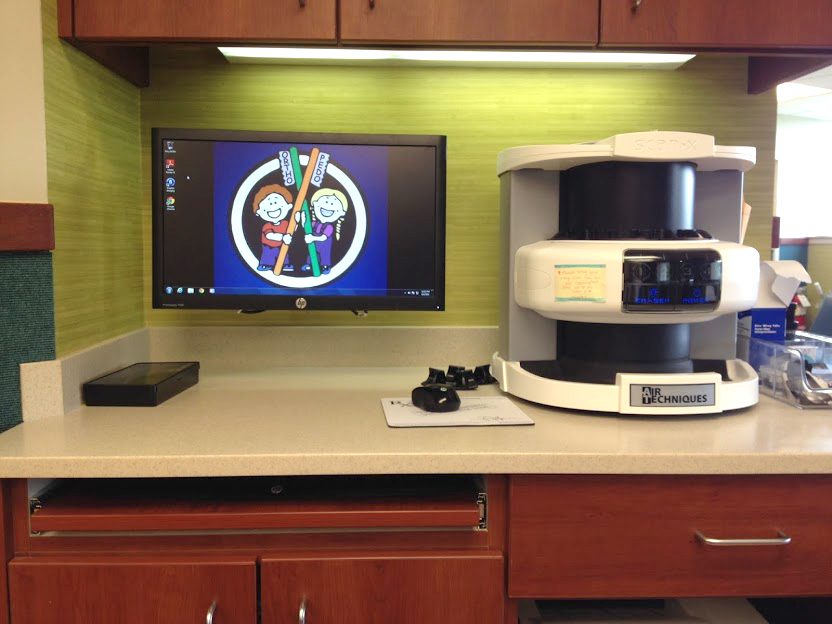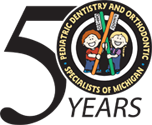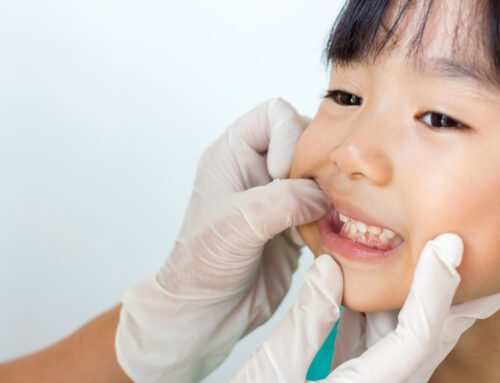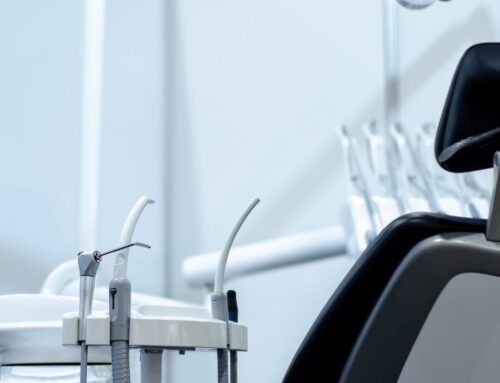For those who aren’t aware of how they work, X-Rays are invisible beams of energy that pass through the body in differing degrees based upon what they hit on their way toward the x-ray film to create black, white, and grey images — and in a dentist’s office, those images are of teeth and bones. X-rays are a form of radiation and require stillness when photos are being taken so that the images aren’t blurry. These images help us detect cavities, developing teeth and jaws, and occasional abnormalities.
Often, dentists place film in the mouth so the photos come out pristine. The film, like that of cameras, is then processed and an image soon becomes tangible. Some dentists may also use plastic sensors, though, and they are connected to a computer that displays images instantly. Unfortunately, in the pediatric setting, the sensors for direct digital x-rays are too large and cumbersome for kid-sized mouths so we use a special plate that looks and feels just like a film but it is like a magic eraser board that a computer can read once and erase for re-use after it is fed through a special reader.
The aforementioned types of X-rays are called Bitewings, which help look for cavities and to make sure everything in the mouth is structurally sound. Another kind are periapicals, which are photos used to look at the roots of the teeth — and it can only look at two or three teeth maximum at a time. A panoramic X-Ray rotates around the outside of the head and shows jaw bones and teeth which gives the “big picture” but at much lower resolution so cavities cannot be easily detected using this type of film. Finally, a cone beam CT scan is like a medical CT scan that uses less X-Rays; however, it does use more X-Rays than the other three X-Rays previously mentioned. While not used often in the pediatric setting, a cone beam creates 3D imagery useful for adult implant cases or surgery situations.

While the risk of radiation from X-rays is pretty small, it is still a concern for parents. Humans are exposed to radiation throughout their daily lives as it is, and dentists only use as much radiation as needed to see teeth and bones. For example, flying on an airplane or living in Denver, CO (the mile high city) exposes you to a significant dose of background radiation compared to someone at sea level.
Parents can focus on their child’s safety from radiation by following certain protocol, including: getting X-Rays done only when they are based on needs; using up-to-date equipment and techniques; using thyroid collars to protect the thyroid gland from radiation; and resort to child-size exposure times. These are the protocols we follow in our office to be sure your children are receiving the lower reasonably achievable level of radiation while still having optimal dental care.
“Dental radiographs are an important diagnostic tool for evaluating the pediatric patient. They are used on an individual basis, based on each child’s growth, development and risk level. Our office follows the FDA and ADA guidelines for dental X-ray use, ensuring maximum benefit and minimum radiation exposure to each patient,” say Dr. Elizabeth Ralstrom.
About Pediatric Dentistry and Orthodontic Specialists of Michigan, the offices of Drs. Delaney, Plunkett, Ralstrom, Makowski, Thanasas, Ker, and Associates
Pediatric Dentistry and Orthodontic Specialists of Michigan have specialized in pediatric dentistry and orthodontics since 1968. Our family-friendly office gives patients and families a more comfortable and consistent experience with dentistry from the very beginning. The pediatric dentists treat children from newborn to 18 years of age while our orthodontists provide care for both children and adults, including being an Invisalign preferred provider. The ability to treat all special needs patients reaches beyond our facility, which has treatment rooms available for children who require additional privacy. Valued hospital affiliations allow dental services to be performed at DMC Children’s Hospital and St. John’s Hospital Macomb when needed. Our specialists are also on staff at Henry Ford and Beaumont hospitals.




